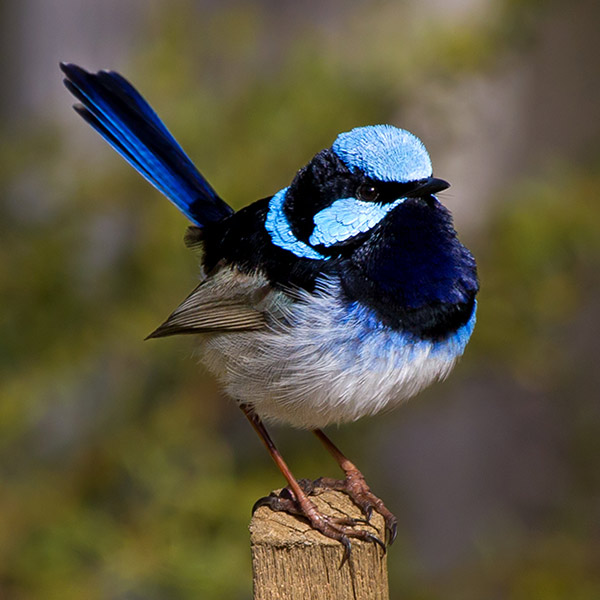Subtotal: $
Checkout-

Composting as Prayer
-

We’re All Adopted
-

The Economy of the Early Church
-

Poem: Little Religion
-

Insights on Building Justice
-

Plugging the Hole in Our Gospel
-

When Love Demands Justice
-

Marriage - Can We Have Justice Without It?
-

The Chief End of Marriage
-

Living Justly: One Disconnect at a Time
-

Poem: Rubbernecking
-

Costly Forgiveness: The Bomber and Me
-

Heroes
-

What Was the White Rose?
-

The Bell Ringer
-

The Church I Dreamed Of
-

Christianity’s Third Divorce
-

Finding the Balm in Gilead
-

Digging Deeper: Issue 2
-

Heaven in Hell’s Kitchen
-

Saint Francis, the Artist
-

Vera Mae Perkins
-

Editors’ Picks Issue 2
-

Isaiah
-

Readers Respond: Autumn 2014
-

Family and Friends Issue 2
-

Sandpile Parenting

Next Article:
Explore Other Articles:
According to naturalist John Burroughs, the key to unlocking the secret riches of the natural world lies in the “capacity to take a hint.” I vividly recall a childhood treasure hunt and the thrill of discovery as each new clue was scrutinized until its hidden message was revealed, upon which we all sprinted on to the next hiding place.
Can there be anything more thrilling than embarking on this hunt, one clue at a time? It is, as Rachel Carson writes, “a matter of becoming receptive to what lies around you, learning again to use your eyes, ears, nostrils, and finger tips,” of rediscovering as adults the sense of wonder inborn in all children. There is abundant treasure (and challenge) to be found along the way.
Observing birds in their natural setting is a passion that takes me outdoors in every season, into every available habitat. Living in “the bush” of the New South Wales tablelands, I have found that birding presents unique opportunities as well as hazards. I’m not speaking about the deadly spiders and snakes. It’s the flies: lots of them.
To combat these pests, I’ve mastered the “birder’s blast.” Keeping binoculars poised in both hands, I alternately aim jets of air from the corner of my mouth to each eye and then toward the nostrils, thus depriving the flies of their favorite landing sites. But I must remember to inhale through the nose – otherwise the gulp taken between blasts will simply suck the pesky things down the throat. By the time I’ve coughed and spluttered and finally swallowed a few, the startled bird has long since flown out of range.
Happily, another bird will come soon enough. And what striking birds they are. Discovering them must have been sheer exhilaration for the first Europeans on this continent, who’d been accustomed to far less color (there are dozens of drab Old World warblers for every brilliant European Goldfinch). Glancing through an Australian bird guide gives you a sense of their excitement – it seems they soon ran out of superlatives when naming all the new species (new to them, that is): consider, for instance, the Lovely, the Splendid, and the Superb Fairy-wren, to name just three of the Maluridae family.
Readers in the northern hemisphere will find zebra finches in most pet stores; here I’ve met up to twenty-five of these zany little birds lined up on a fence line. The nearby paddocks are graced with five other species whose names are miniature poems: the Diamond Firetail, Chestnut-breasted Mannikin, and Plum-headed, Red-browed, and Double-barred Finches. Binoculars reveal the lovely details of these marvelous creations, each species so unique and yet so finch; a dozen more are found across Australia. They bring to mind another word of Carson’s:
Those who dwell, as scientists or laymen, among the beauties and mysteries of the earth are never alone or weary of life. Whatever the vexations or concerns of their personal lives, their thoughts can find paths that lead to inner contentment and to renewed excitement in living.

Already a subscriber? Sign in
Try 3 months of unlimited access. Start your FREE TRIAL today. Cancel anytime.





































